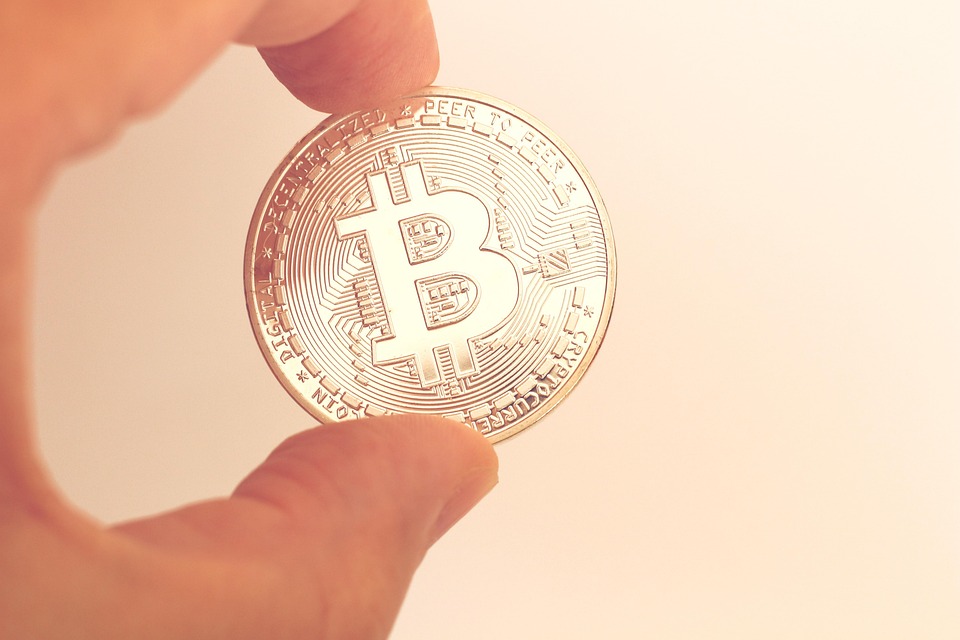Debunking the Myths: Is Cryptocurrency More Secure or More Vulnerable than Traditional Currencies?
The advent of cryptocurrency has sparked a plethora of debates about its security, with some proclaiming it as the most secure form of money, while others claim it is more vulnerable to attacks than traditional currencies. In this article, we will delve into the facts and myths surrounding the security of cryptocurrency, shedding light on its strengths and weaknesses.
Myth 1: Cryptocurrency is completely decentralized and therefore unhackable
Reality: While cryptocurrency is indeed decentralized, meaning that there is no central authority controlling it, it is not entirely unhackable. As with any system, cryptocurrency networks are vulnerable to attacks, and hackers have indeed exploited vulnerabilities to steal funds and disrupt transactions. For instance, the 2014 Mt. Gox hack, which led to the theft of over $460 million worth of Bitcoin, is a stark reminder of the risks involved.
Myth 2: Cryptocurrency is more secure due to its reliance on cryptography
Reality: While cryptography is indeed a crucial aspect of cryptocurrency security, it is not the sole reason for its supposed invincibility. In fact, cryptographic algorithms can be broken or bypassed if there are weaknesses in the underlying implementation or if the private keys are compromised. Additionally, the lack of regulation and oversight in the cryptocurrency space can lead to poorly designed or malicious implementations, increasing the risk of security breaches.
Myth 3: Traditional currencies are inherently more secure due to their central authority
Reality: Traditional currencies, while seemingly more secure due to their central authority, are not immune to attacks either. Centralized systems can be vulnerable to corruption, fraud, and manipulation by those in power. For example, the manipulation of exchange rates, the use of printing money to finance government spending, or the theft of funds from ATMs are all potential risks. Furthermore, traditional currencies are also susceptible to hacking and cyberattacks, as we have seen in the case of major banks and financial institutions.
Myth 4: Cryptocurrency transactions are irreversible
Reality: While cryptocurrency transactions are designed to be irreversible, there are instances where they can be reversed or cancelled. For instance, in cases of fraud or mistaken transactions, it is possible to initiate a refund or cancellation. Additionally, some cryptocurrencies have implemented mechanisms such as "soft forks" or "reversible transactions" to facilitate the reversal of transactions in specific circumstances.
Myth 5: Cryptocurrency is less vulnerable to counterfeiting
Reality: While it is true that cryptocurrency transactions are recorded on a public ledger, making it difficult to counterfeit, this is not a guarantee against counterfeiting. Sophisticated counterfeiters can create fake transactions, manipulate the ledger, or exploit vulnerabilities in the network to create fake coins or tokens. Moreover, the anonymity of cryptocurrency transactions can make it challenging to trace and prevent counterfeiting.
Conclusion
In conclusion, while cryptocurrency does offer some advantages in terms of security, it is not inherently more secure than traditional currencies. Both systems have their strengths and weaknesses, and it is crucial to understand these limitations to effectively mitigate risks and ensure the safety of transactions. By debunking these myths and acknowledging the potential vulnerabilities, we can work towards creating a more secure and reliable financial system that benefits all users.
Recommendations
- Implement robust security measures: Cryptocurrency users and developers must prioritize security, implementing robust measures such as two-factor authentication, secure wallets, and regular updates to prevent hacking and cyberattacks.
- Regulate and oversee: The lack of regulation and oversight in the cryptocurrency space can lead to poorly designed or malicious implementations. Establishing regulatory frameworks and standards can help ensure the security and integrity of transactions.
- Educate and raise awareness: Educating users about the potential risks and vulnerabilities associated with cryptocurrency can help them make informed decisions and take necessary precautions to secure their transactions.
- Invest in research and development: Continuous research and development are essential to identify and address vulnerabilities, as well as to improve the security and efficiency of cryptocurrency systems.
By acknowledging the myths and working towards a more secure and regulated financial system, we can harness the potential benefits of cryptocurrency while minimizing its risks.

